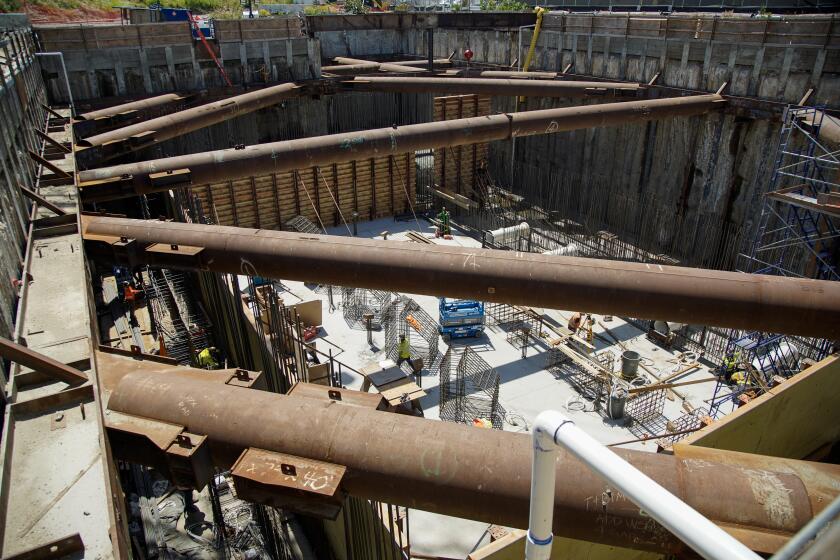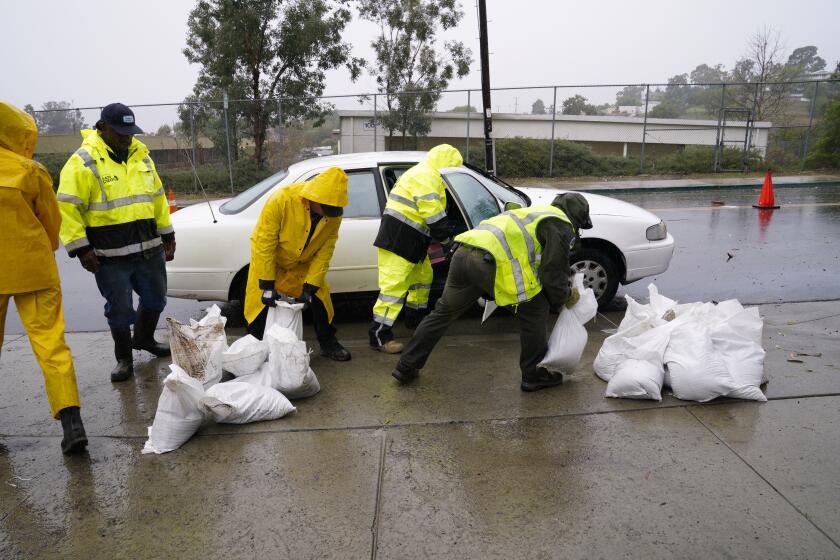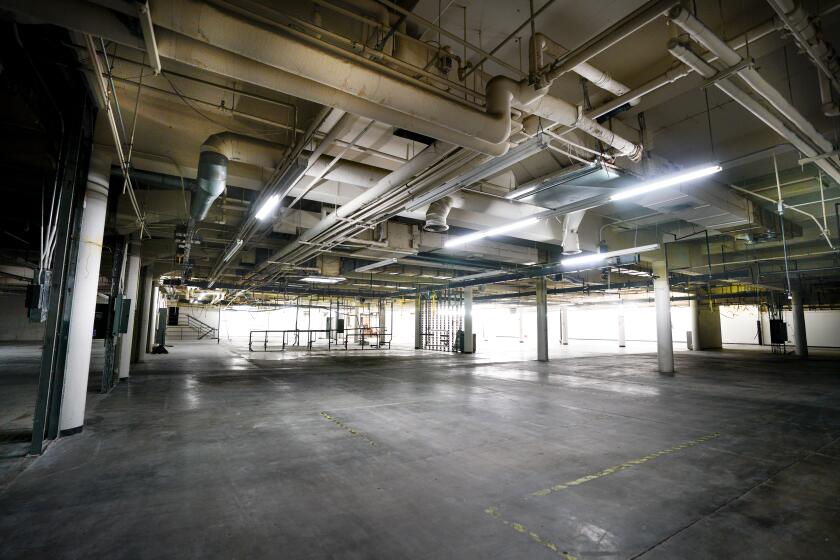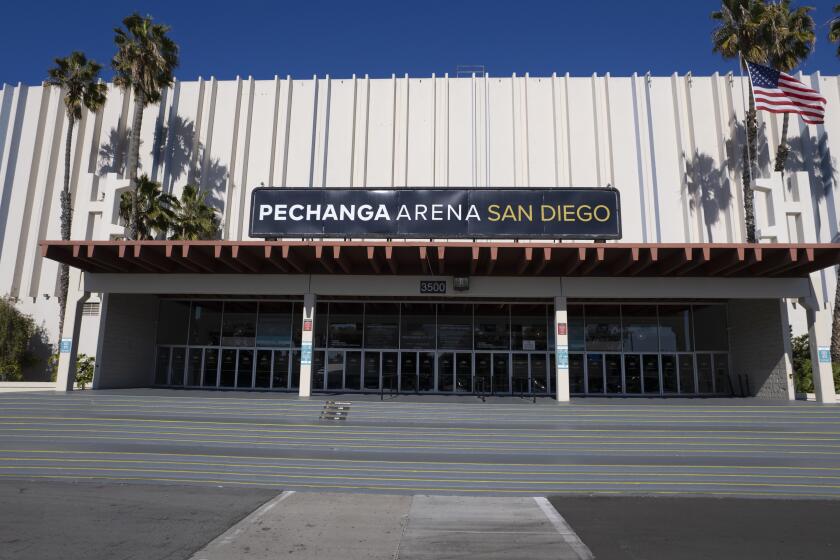Otay Mesa to benefit from state’s partial revival of redevelopment
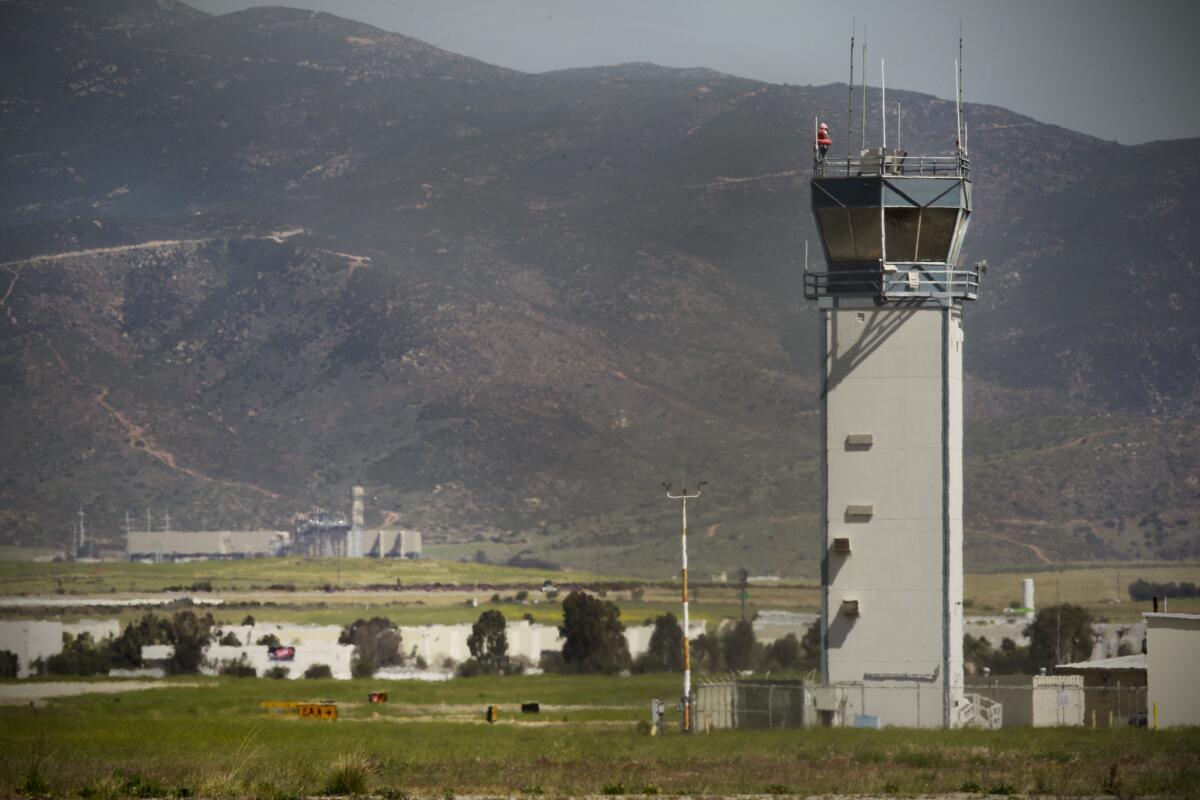
Five years after cities across California lost redevelopment agencies as a crucial tool for economic growth, San Diego is taking advantage of the state’s partial revival of the concept.
The City Council this week unanimously approved creating one of California’s first enhanced infrastructure financing districts in Otay Mesa, a largely undeveloped area along the international border with an estimated 2,000 open acres of land.
The district would yield nearly $800 million in estimated property tax increment over the next 45 years for badly needed infrastructure projects that are expected to accelerate economic development and job growth in Otay.
The projects would be primarily freeway onramps, road widenings and other transportation upgrades, but would also include fire stations, parks and municipal swimming pools.
Calling Otay a test case, city officials said similar special financing districts could be created elsewhere in the city. But they said the economic boost in those areas would be significantly smaller because of Otay’s vast potential for growth.
Council members said they also plan to lobby county officials to reverse a recent decision not to participate in the new district, which could double the amount of infrastructure funding available in Otay.
Similar to redevelopment agencies, enhanced infrastructure financing districts allow a defined geographical area to keep increases in property tax — called tax increment — that take place during the decades after the district is formed.
But while redevelopment agencies allowed the defined area to keep all of the increment, the new districts prohibit taking property taxes away from schools and require a county government’s consent to take the money away.
So in Otay Mesa, only the city’s share of the increase in property tax revenue will be funneled into the new district.
But city officials said they are still optimistic the district will dramatically boost economic growth, primarily because of Otay’s enormous potential.
The community is envisioned as a major employment center and an area with an important regional economic role because of its border crossing and industrial businesses focused on transportation logistics, warehousing and manufacturing.
“The Otay Mesa community is dynamic and rapidly growing,” said City Councilman David Alvarez, whose council district includes the area. “This district will ensure that the new city tax revenue generated by Otay Mesa will stay in Otay Mesa and be invested for continued growth.”
And the city plans to jump-start the process with an immediate influx of capital generated by selling bonds that would be paid back with the tax increment expected in the future.
While that approach will require millions in interest payments, city officials said it will more than pay for itself by spurring development that will more quickly increase the tax increment used to pay the bonds back.
The law allowing the new district, which the state approved in 2015 and refined in 2016, requires 55 percent approval from voters within the district for such a bond sale.
The city’s plan was praised by local business groups, including the Otay Mesa Chamber of Commerce and the South County Economic Development Council.
“We applaud the city for your innovative approach to providing infrastructure in Otay Mesa,” said Cindy Gompper-Graves of the economic development council. “Your vision of Otay Mesa as a future employment hub for the region and your planning efforts are appreciated.”
The money will help cover Otay Mesa’s estimated $510 million gap in long-term infrastructure financing. The community needs $1.2 billion in upgrades, but is projected to receive only $690 million in impact fees paid by developers and other revenue sources.
The new district would provide $771 million — $155 million from bond sales and $616 in ongoing increment after that.
But expressed in 2017 dollars, that amount shrinks to $202 million -- $83 million from bond sales and $119 million in ongoing increment – which is about 40 percent of the money needed.
That’s one reason council members vowed to lobby county officials to participate in the new district.
Councilman Mark Kersey said the county is being shortsighted.
“This is something that they really should be interested in because it really is a rising-tide-lifts-all-boats scenario,” he said. “My concern is that the county is going to benefit by the investment of our tax increment in this area by their tax increment going up by contributing exactly zero dollars toward that. I have trouble understanding why they think the city should do all the heavy lifting on this.”
The district would encompass the entire 9,300-acre Otay Mesa Planning Area, which is bounded by the Mexican border on the south, Interstate 805 on the west, county land on the east and Chula Vista and the Otay River Valley on the north.
The council voted unanimously to announce their intent to form the district on Monday, but they must also approve creation of a Public Financing Authority to operate the district in April.
No California cities have formed enhanced infrastructure financing districts under the new legislation, so San Diego would be among the first. City officials said Los Angeles, Yucaipa and West Sacramento are also close to forming such districts.
david.garrick@sduniontribune.com (619) 269-8906 Twitter:@UTDavidGarrick
Get Essential San Diego, weekday mornings
Get top headlines from the Union-Tribune in your inbox weekday mornings, including top news, local, sports, business, entertainment and opinion.
You may occasionally receive promotional content from the San Diego Union-Tribune.



